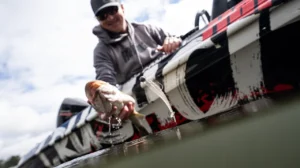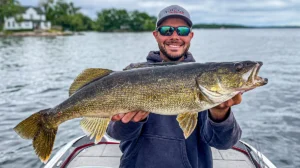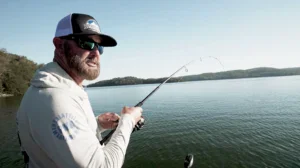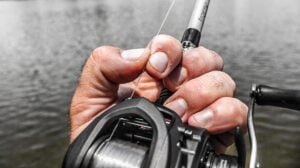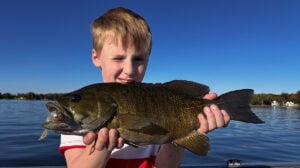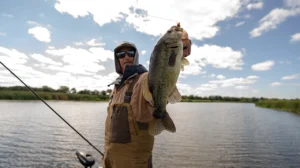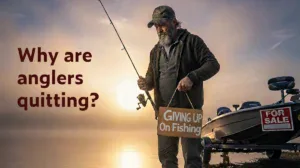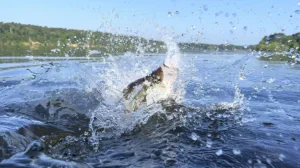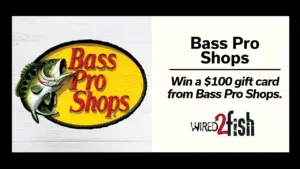I almost didn’t write this article because I have a sneaking suspicion that I’ll be hammered on social media for it. I’m sure this will ruffle some feathers and spur a few nasty comments questioning my skill level, intelligence, ugly beard, stupid accent or whatever else folks will come up with.
But this method works for me and I think it might help some folks. If you don’t agree, I totally respect that. To each their own.
I do not use the drag on any of my casting reels. I spool ’em up with fresh line and turn the drag star as tight as it will go. I have a great deal of confidence in all of my reels, I wouldn’t use them if that weren’t the case, but I have lost very few fish since making this switch. When they bite, they very seldom come off.
I think my reasoning revolves around two very important variables: Control and feel.
I’ll start with the most obvious application for this method: Pitching and flipping shallow water. Big bass love to get in the thickest cover they can possibly find. Not only does it offer them a sense of security, but it also provides a strategic ambush point from which they can attack unsuspecting prey. For these two reasons, I fish a lot of thick cover.
Once I get a bite in these areas, my main goal, actually, my only goal, is to get them out as quickly as I possibly can. Just one extra head shake can allow them to wrap your line and break you off, so I don’t play around. I want to put the proverbial ball in my court and immediately put myself in control of the situation.
If my reel is stripping any amount of line when I set the hook in heavy cover, I am not in control. It may just be for a split-second, but that is plenty of time to lose a big bass. It has happened to me in the past and this mistake cost me thousands of dollars.
Our video producer, Ryan DeChaine, filmed a video of me skipping a jig underneath docks. It got millions of views on our Facebook page and lots of people had the same question about it.
“Sure, that’s cool. But what happens when you get a bite so far under a dock? There’s no way you can get ’em out.”
My answer is simple: You’ll get the fish out 80 percent of the time if you tighten your drag. Put on your hook setting shoes, use some stout 20-pound fluorocarbon and horse ’em out. Do not give that bass any choice but to come in your direction. Put yourself in control.
I’m also a big proponent of cinching my drag when I’m fishing treble-hooked lures, such as crankbaits. That’s probably not the most popular method, but it works great for me.
I prefer very flimsy rods when using these lures, I want the tip to act as the shock absorber both on the initial bite and throughout the fight. There’s a lot more finesse involved in fighting and landing treble-hooked bass, which means even the slightest mistake can cause the hooks to pull free. If my drag system delays in dispensing line even a millisecond, that fish can turn its head the wrong way and come unbuttoned.
These lighter-action rods allow me to feel every head shake and tail kick the bass makes throughout the fight. Instead of relying on a drag system that could potentially fail or temporarily seize, I prefer to manually press the thumb bar and control the output of line by applying pressure directly to the spool with my thumb.
When the bass makes a quick run and I start feeling those quick tail kicks, I can quickly depress that thumb bar and rely one-hundred percent on my feel and instincts, not an inanimate object. If the bass is running circles around the boat and I have to lift my rod over my trolling motor, big motor or Power-Poles, this allows me to do so without increasing the pressure on the fish.
If done correctly, this can result in fewer bent hooks and warped split rings, which are both recipes for disaster when you’re fighting big bass.
Those are my quick thoughts on this issue. Will everyone agree with me? Of course not. But I wouldn’t write about this unless I’ve noticed a big increase in my landing percentage. It’s certainly something to think about.



